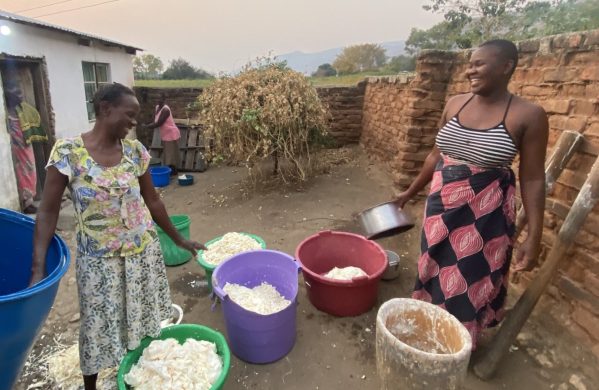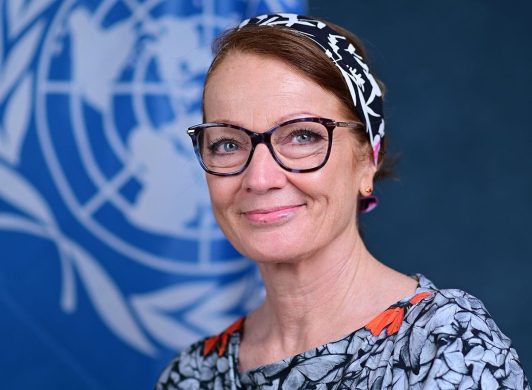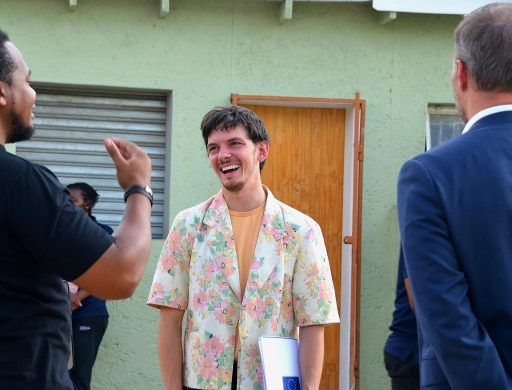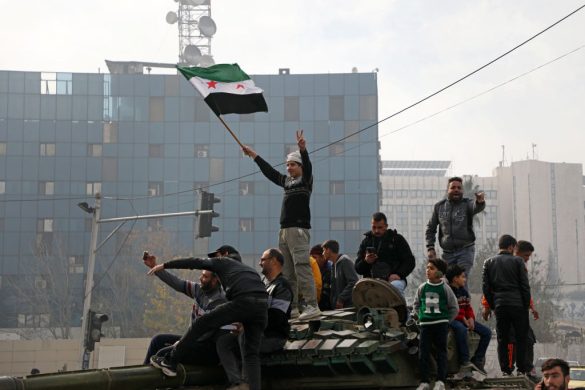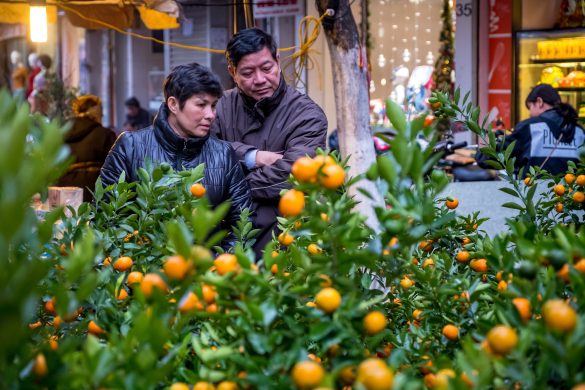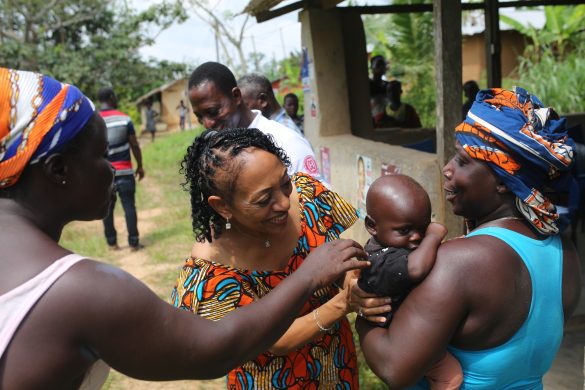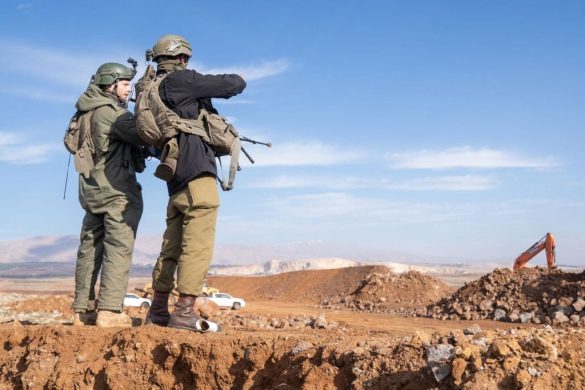Klimaforandringer ventes at øge både fattigdom og ulighed. Ifølge IPCC – Intergovernmental Panel on Climate Change – vil der være forskel på de sociale følger, alt efter faktorer som alder, socio-økonomisk klasse, beskæftigelse og køn.
Men kvinderne er i klimaforandringens frontlinie – ofte de første, som mærker forandring i deres levevilkår og daglige liv. En ny klima-aftale må derfor nødvendigvis tage hensyn til de særlige forhold, der gør sig gældende for kvinder og piger. Det vil sige, at kønsaspektet skal integreres, har UNIFEM, FN’s Kvindefond sammen med partnere kraftigt understreget i forhandlingsløbet op til COP 16.
Kun hvis mænd og kvinder deltager på lige fod i bestræbelserne på at imødegå klimaforandringerne kan der opnås en bæredygtig løsning.
Eksempler på, hvordan klimaforandringer vil få betydning for verdens kvinder kan ses nedenfor. Eksemplerne er hentet hos UNIFEM, FN’s Kvindefond.
Agriculture & Food Insecurity
Women, primarily on small farms, provide up to 80 percent of agricultural labour and produce 45 to 90 percent of domestically consumed food, depending on the region. Erratic rainfall and unseasonal temperatures already challenge some farmers, especially small land-holders who have less capacity to adapt. In Africa, the proportion of women affected by climate-related crop changes could range from 73 percent in the Congo to 48 percent in Burkina Faso.
Deforestation has an impact because many rural women depend on non-timber forest products (NTFPs) for income, traditional medicinal use, nutritional supplements in times of food shortages and as a seed bank for plant varieties needed to source alternative crops under changing growing conditions. Thus, loss of biodiversity challenges the nutrition, health, and livelihoods of women and their communities
Heavier Household Burdens.
Currently, it is estimated that 1.2 billion people lack access to safe water. Only 58 percent of sub-Saharan Africans live within 30 minutes walking-distance of safe water and only 16 percent have a household connection. Gathering and transporting water typically falls on women and children in developing countries — a task that can take many hours each day in drought prone areas.
Collecting water is expected to become increasingly burdensome with global warming. More regions will experience water shortages as rainfall becomes erratic, glaciers melt and seas rise. People living within 60 miles of a shoreline — a full third of the world’s population — will be hit especially hard, as they are most susceptible to increased salinity of coastal potable water sources.
As it takes more time to gather water and fuel, the available time for education or other economic and political activities decreases. Already, the majority of children worldwide who do not attend school are girls.
Shortages of firewood or other bio-fuels due to floods or drought — expected to increase with higher temperatures — add to women’s workload where they are responsible for its collection. Currently, 2.4 billion people rely on biomass for cooking and heating, negatively impacting health and simultaneously exacerbating global warming.
In developing countries and emerging markets, policies and programmes that enhance women’s access to technology for renewable energy have proven to decrease deforestation as fuel demands shift away from biomass, and create co-benefits of increased living standards, improved indoor air quality and improved health of entire families.
Women often play a central role in determining the neutrality of their household’s contribution to climate change and can lead the way in low-emission living. In developed countries, women typically eat a lower green-house gas diet (less meat) than men and more often choose public transportation and “green” products when provided the option.
Increased Risk to Health & Lives
During times of shortages and higher food prices — circumstances expected to aggravate with climate change — the health of women and girls is shown to diminish before that of males, due to various social constraints and inequities. In India, for example, reduced rainfall is more strongly associated with deaths among girls than boys.
Additionally, there is a strong correlation between gender equality in women’s everyday lives and their survival rate in disasters. Women are up to 14 times more likely than men to die from natural disasters.



